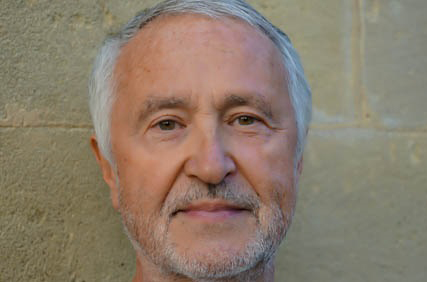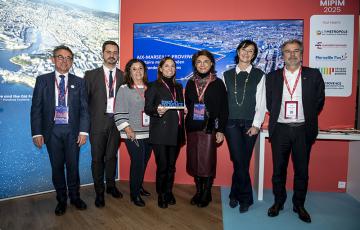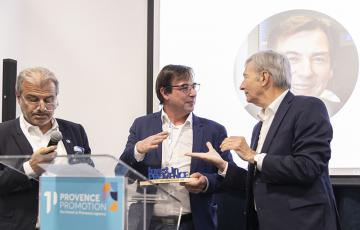Physical oncology: a new scientific method to fight cancer

Cell Constraint & Cancer, an emerging start-up in the Provence region, is developing a breakthrough innovation that makes it possible to revert cancerous tissue back to normal. In 2016, the Arles-based company published a scientific article that demonstrated that targeting cancer in animals with mechanical rather than biological signals is a valid concept. In 2017, the company plans to prove the efficacy of the technique. This new medical approach will first be applied to tackling a major public health issue: pancreatic cancer. There were 12,000 new cases of pancreatic cancer diagnosed in France in 2016 and 11,000 were fatal.
Rémy Brossel, a medical oncologist and physicist, was studying cancer cells with an atomic force microscope in 2003 when he uncovered the effect of physical pressure on cancerous tissue.
His observation was confirmed two years later by an unprecedented California publication on physical oncology. This publication showed that applying mechanical (and non-biological) signals to healthy tissue in vitro could turn it into cancer...and vice versa!
Would it be possible to treat pancreatic cancer by creating a "constraint field", a sophisticated form of pressure, and acting from the outside toward the inside of the cancerous tumor, but in vivo, in animals? Rémy Brossel put his knowledge of physics to work in the fight against this disease and others, such as brain and liver cancers, by founding Cell Constraint & Cancer in 2009. As research progressed, the start-up developed a technology that entails incorporating magnetizable iron particles in the "extracellular matrix" surrounding the tumor. Then, as with magnetic resonance imaging, the patient is immersed in a magnetic field gradient to activate the injected nanoparticles.
IPO in 2017
"Nanoparticles convert magnetic energy into mechanical energy. A 'constraint field' is exerted on the cancerous tissue," explains Rémy Brossel, riding high on the success of his first in vivo experiment in animals, which provided the proof of concept that was published in the journal PloS One on April 21, 2016. Now, Cell Constraint & Cancer is ready to take the next step. "We are aiming to achieve proof of efficacy in 2017 by demonstrating the action of a constraint field on a human pancreatic cancer transplanted to a mouse pancreas," he details.
To carry out this work, he is relying on Provence Promotion to help him find backers. "It will cost €300,000 to conduct the animal testing. The team at Provence Promotion is lending us their expertise. We are planning a partnership with the France Life Imaging network and intend to apply for a grant from the American National Cancer Institute. After all, the U.S. is at the forefront of physical oncology. We envision an initial public offering in 2017," adds Rémy Brossel.
Oncology: Concentrated expertise in Aix-Marseille
Brossel's discovery further enriches the cancer-fighting expertise assembled in the Aix-Marseille-Provence region.
The physicist presented the results of his research to the Innovative Task Force of the European Medicines Agency in London on December 13, 2016, then to the Société Française de Nanomédecine ("French Nanomedicine Society") a day later. He believes that it will take about four years and €5 million in investments to get results from the first clinical trials. That is half the time it takes for biological therapies, which are subject to authorization before being placed on the market.
If nothing is done, by 2030 pancreatic cancer will be the second-leading cause of death after respiratory cancer. We must act fast to change the odds.



 +33 4 96 11 60 00
+33 4 96 11 60 00







